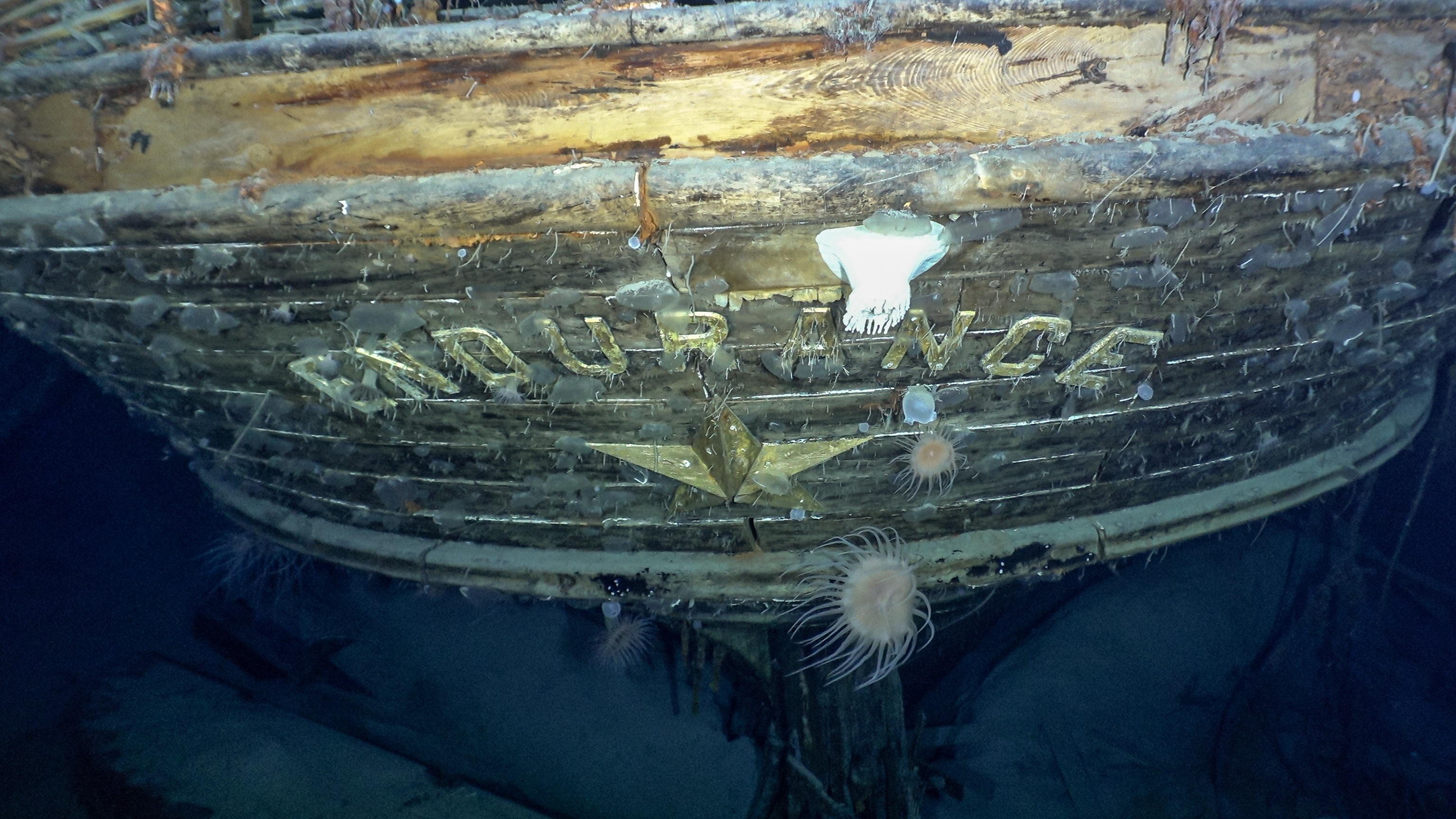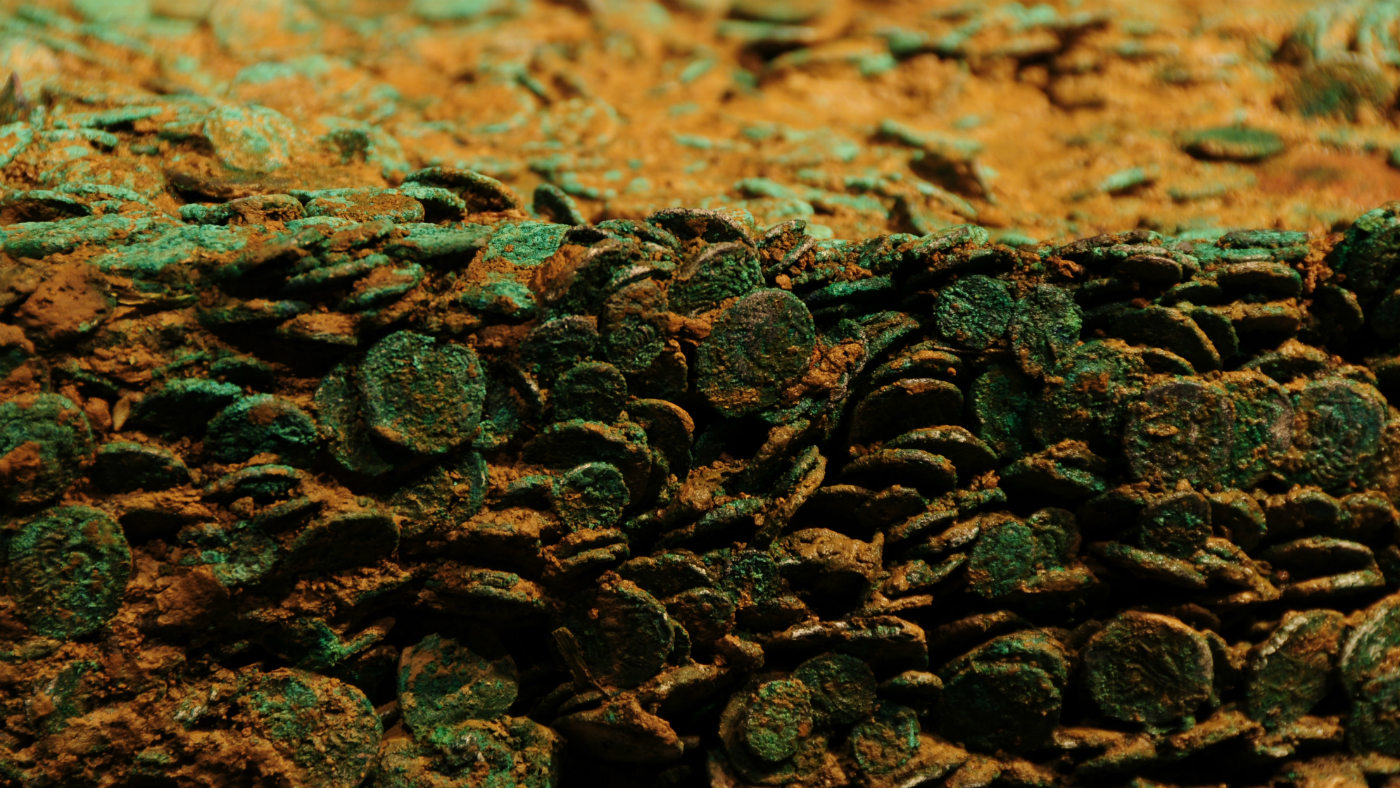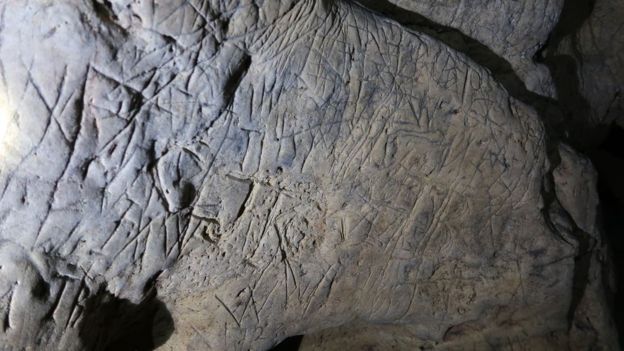What happened to Ernest Shackleton’s Endurance ship?
Scientists on the SA Agulhas II have found the famous wreck almost perfectly preserved

Sir Ernest Shackleton’s lost ship has been found 107 years after it was wrecked in the Antarctic.
The Endurance was one of the “greatest ever undiscovered shipwrecks” until it was found last weekend at the bottom of the Weddell Sea by a British-led research team, said the BBC.
Video footage of the ship’s remains are in “remarkable condition” with its timbers “disrupted” although “still very much together” and the name “clearly visible on the stern”.
The Week
Escape your echo chamber. Get the facts behind the news, plus analysis from multiple perspectives.

Sign up for The Week's Free Newsletters
From our morning news briefing to a weekly Good News Newsletter, get the best of The Week delivered directly to your inbox.
From our morning news briefing to a weekly Good News Newsletter, get the best of The Week delivered directly to your inbox.
“Without any exaggeration this is the finest wooden shipwreck I have ever seen – by far,” said marine archaeologist Mensun Bound, who is on the discovery expedition mounted by the Falklands Maritime Heritage Trust (FMHT).
“It is upright, well proud of the seabed, intact, and in a brilliant state of preservation,” he told the broadcaster.
The expedition team was made up of 64 people plus a crew of 46, on board the expedition ship, the SA Agulhas II. The successful mission, financed by an anonymous donor to the tune of $10m, was the culmination of years of work, after a “previous attempt to find the Endurance three years ago ended in failure”, reported The Guardian.
Historian and broadcaster Dan Snow, who was part of the expedition, tweeted that the wreck was “in an astonishing state of preservation”.
A free daily email with the biggest news stories of the day – and the best features from TheWeek.com
“The Antarctic seabed does not have any wood-eating micro-organisms, the water has the clarity of distilled water. We were able to film the wreck in super-high definition. The results are magical.”
Headed by UK researcher Julian Dowdeswell, director of Cambridge University’s Scott Polar Research Institute, the international mission has been studying the Larsen C Ice Shelf, a floating platform of glacial ice, in the Weddell Sea.
What happened to the ship?
Born in Ireland to Anglo-Irish parents, Shackleton had gained great acclaim as a polar explorer when he set out to cross Antarctica via the South Pole on the 1914 Imperial Trans-Antarctic Expedition.
But he and his crew were forced to abandon their vessel, the Endurance, after it was crushed between enormous ice floes in January 1915. The ship remained trapped for ten months before finally sinking into the depths of the Weddell Sea, watched by Shackleton’s team, who had set up camp on the floating ice.
After taking to the seas once again in the ship's lifeboats, they finally managed to get to Elephant Island, off the southern tip of Cape Horn, in spring 1916. From there, Shackleton and five of his crew embarked on what is “widely regarded as the most remarkable boat journey of all time”, says Time magazine.
They navigated their way towards South Georgia and trekked 22 miles over unmapped, glacier-draped mountains to reach a whaling port, where they organised a rescue mission to recover the rest of the team.
All 28 men who sailed on the Endurance survived, but the ship remained at the bottom of the Weddell Sea, where it has remained for over a century.
Where was the ship found?
The ship was found at the bottom of the Weddell Sea at a depth of 3,008m, said the BBC.
For a fortnight the Agulhas II, equipped with remotely operated submersibles, had “combed a predefined search area, investigating various interesting targets” until they finally came upon the wreck site on Saturday, which happened to also be “the 100th anniversary of Shackleton’s funeral”, said the broadcaster.
The ship was found “approximately four miles south” of the original position recorded by its captain, Frank Worsley, before the crew were forced to abandon the vessel, said The Guardian.
The research team have now spent several days using “high-resolution cameras and other instruments to make detailed images and scans” of the wreck, said The New York Times.
Under the international Antarctic Treaty, the wreck is designated a national monument, and therefore must not be touched in any way.
No artefacts will be brought to the surface and the wreck will not be disturbed. Instead, extensive images and scans “will be used as the basis for educational materials and museum exhibits” as well as a documentary, said the paper.
The wreck was found only because receding sea-ice led to “unexpectedly favourable” conditions, said the BBC. While the Weddell Sea is “pretty much permanently covered in thick sea-ice” – making getting close to the presumed sinking location difficult in usual circumstances – but the last month saw “the lowest extent of Antarctic sea-ice ever recorded during the satellite era”, which goes back to the 1970s.
It was these “lighter” ice conditions that “helped the expedition reach the search site more easily and remain there safely”, said The New York Times.
-
 Could a part-and-part mortgage help you on to the property ladder?
Could a part-and-part mortgage help you on to the property ladder?Combining repayment and interest-only mortgages could become more popular as part of a push towards more flexible lending
-
 Is social media over?
Is social media over?Today’s Big Question We may look back on 2025 as the moment social media jumped the shark
-
 Should parents stop tracking their kids?
Should parents stop tracking their kids?Talking Point Experts warn the line between care and control is getting murkier – and could have consequences
-
 Windrush activist lists ‘100 great black Britons’
Windrush activist lists ‘100 great black Britons’Speed Read The Black History Month project celebrates individuals who collectively span the past 400 years
-
 BLM: almost 100 National Trust properties linked to slavery and colonialism
BLM: almost 100 National Trust properties linked to slavery and colonialismSpeed Read Review reveals ‘uncomfortable truths’ behind homes owned by famous figures including Winston Churchill and Rudyard Kipling
-
 Archaeologists map Roman city using ‘quad bike and radar’
Archaeologists map Roman city using ‘quad bike and radar’Speed Read New scanning system reveals ‘elaborate’ details of ancient settlement
-
 Iron Age coins: how record-breaking £10m hoard was discovered
Iron Age coins: how record-breaking £10m hoard was discoveredSpeed Read Two amateur treasures hunters handed Guinness World Records title after unearthing pre-Christian haul on Jersey
-
 Why May Day bank holiday is set to move in 2020
Why May Day bank holiday is set to move in 2020Speed Read Government considering switching date in order to mark VE Day anniversary
-
 Mystery of Nottinghamshire ‘witch cave’
Mystery of Nottinghamshire ‘witch cave’Speed Read Cave carvings initially thought to be graffiti now believed to be UK’s biggest collection of ‘apotropaic’ signs
-
 Matthew Flinders: explorer’s grave discovered in London
Matthew Flinders: explorer’s grave discovered in LondonSpeed Read HS2 dig unearths lost remains of celebrated navigator more than 200 years after he put Australia on the map
-
 Thames archaeologists uncover skeleton in medieval ‘wellies’
Thames archaeologists uncover skeleton in medieval ‘wellies’Speed Read Discovery of 500-year-old body in leather waders hailed as ‘extremely rare’